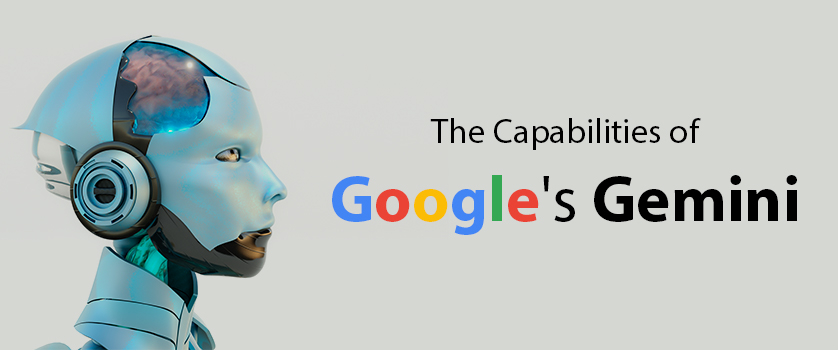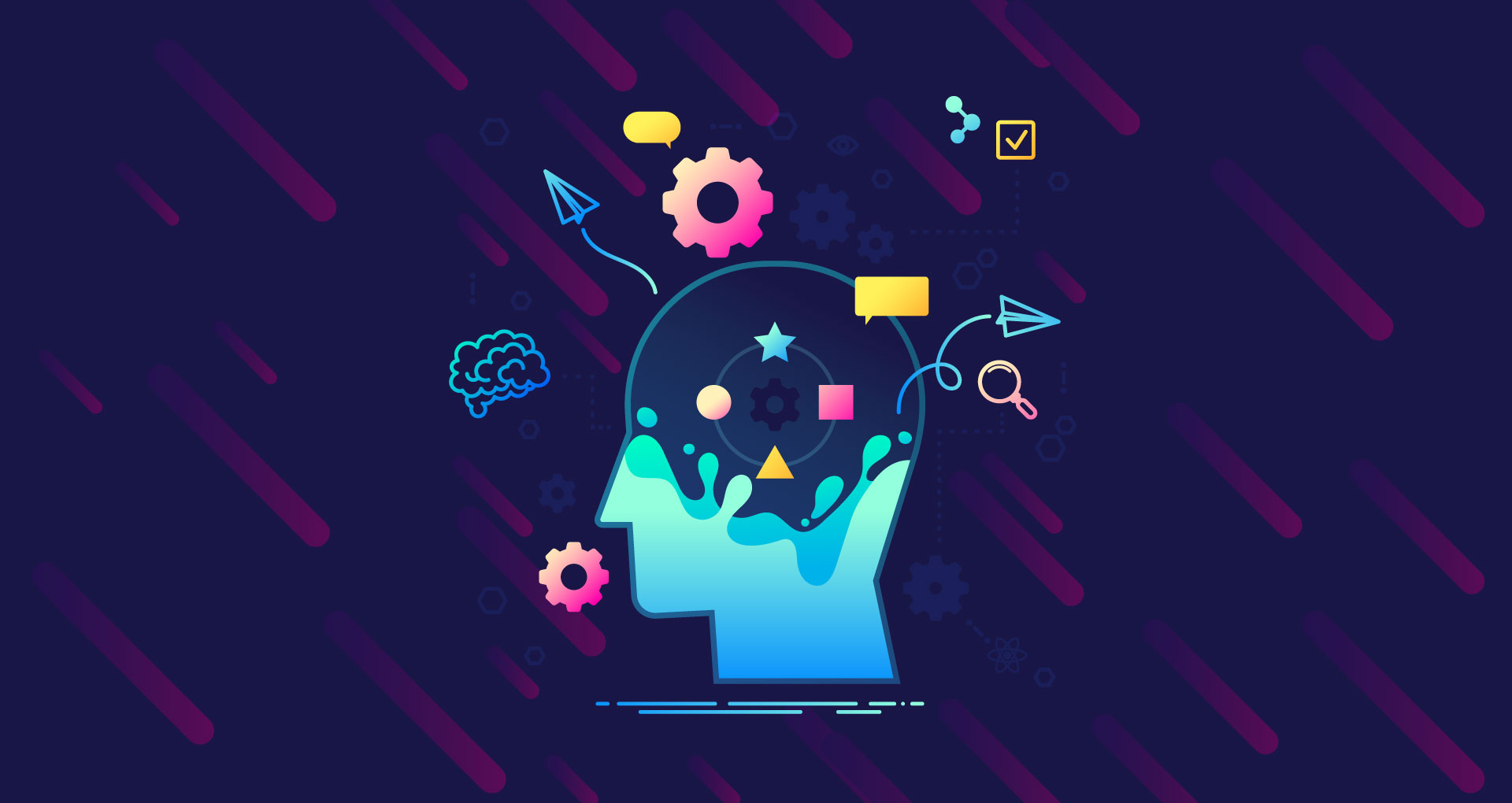
Anshul Jain
December 28, 2023
In the era of rapid technological advancement, the use of Large Language Models (LLMs) like ChatGPT and BERT is becoming increasingly popular. These sophisticated models, capable of understanding and generating human-like text, are revolutionizing industries. However, their efficiency relies on the ability to quickly access and manipulate vast arrays of high-dimensional data. This is where vector databases come into play, offering an optimized solution for managing the complex data needs of LLMs. This blog explores the integral role of vector databases in maximizing the potential of LLMs.
But before that, let’s understand more about vector database and how it works.
What are Vector Databases?
Imagine you're in a huge library full of books. In a traditional library (like a traditional database), books are organized in a simple way, maybe alphabetically. If you're looking for a book on a specific topic, you might have to walk through many aisles, checking each book one by one. This is similar to how traditional databases manage data - it's straightforward but not always efficient, especially when dealing with complex queries.
Now, let's think of a vector database as a high-tech library. In this library, there's a smart system. When you look for a book on a specific topic, the system instantly finds all the books related to your query and brings them to you. This is possible because the books (or data, in our case) are stored not just by simple categories, but in a way that reflects their content and relationships to each other.
This high-tech library is similar to vector databases. Instead of storing data in rows and columns, vector databases store data as vectors - lists of numbers that represent complex data, like the words in a language model. When you ask this database a question, it uses techniques like 'approximate nearest neighbor' (ANN) search. This is like telling the system, "Find me books similar to this one," and it quickly retrieves the most relevant books based on their content, not just their titles.
So, in the world of AI and large language models, vector databases are like our high-tech libraries. They efficiently store and manage the complex, high-dimensional data that these models use, allowing for rapid and efficient retrieval of information, much like finding the perfect book in our futuristic library.
What are Large Language Models (LLMs)?
Large Language Models (LLMs) like GPT-3 and BERT are equivalent to master linguists in the world of artificial intelligence. Imagine a librarian who has read every book in the library and can recall, comprehend, and discuss any topic from those books. LLMs are similar, but in the digital realm. They are trained with massive amounts of text data – from books, articles, websites, and more – allowing them to understand and generate language with a level of skill that's strikingly similar to a human.
The real magic of LLMs is not just in understanding and regurgitating language, but in their ability to process and generate language in a way that feels natural. It's like having a conversation with a well-read friend who understands your questions and can provide informative, relevant, and sometimes creative responses. This ability makes them incredibly versatile tools in fields ranging from customer service (answering queries) to content creation (writing articles or generating creative ideas).
Vector Databases and Large Language Models
In this section, we delve into the architectural specifics of vector databases and how they enhance the functionality of Large Language Models (LLMs). Understanding this relationship is key to appreciating the advancements in AI and data management.
The Basics of Vector Database Architecture
Vector databases are uniquely structured to handle the complex, high-dimensional data that LLMs produce and require. This data is typically represented as vectors - lists of numbers that encode information. In the context of LLMs, these vectors might represent word meanings or sentence structures.
-
Indexing Strategies
One of the standout features of vector databases is their use of advanced indexing strategies. These strategies are crucial for efficiently organizing and retrieving high-dimensional vector data. Traditional databases use B-trees or hash tables for indexing, which work well for scalar values (like numbers or short strings) but fall short with high-dimensional vectors.
Vector databases, on the other hand, employ indexing methods like Hierarchical Navigable Small World (HNSW) graphs or Quantized Indexes. These methods are designed to handle the complexity of vector data, allowing for faster and more accurate searches.
-
Approximate Nearest Neighbor (ANN) Search
ANN search is at the heart of what makes vector databases so effective for LLMs. In simple terms, ANN search helps find vectors that are 'closest' to a given query vector, where 'closeness' is measured by the distance in the vector space. This is crucial for tasks like semantic search, where the goal is to find data points that are similar in meaning, not necessarily exact matches.
For LLMs, which often deal with understanding and generating natural language, ANN search enables them to quickly find the most relevant data points from their training datasets. This ability is key to providing accurate and contextually appropriate responses.
-
Performance Boost Over Traditional Methods
Traditional databases struggle with the volume and complexity of data generated by LLMs. They're not built for the kind of high-dimensional, rapid-search tasks that these models require.
Vector databases, by contrast, are designed for speed and accuracy in high-dimensional spaces. By using specialized indexing and ANN search, they can quickly sift through millions of vectors to find the most relevant ones. This leads to a significant performance boost, especially in real-time applications where speed is of the essence.
Role of Vector Databases in Large Language Models (LLMs)
When discussing the impact of vector databases on Large Language Models (LLMs), it's essential to understand the unique challenges posed by the high-dimensional data these models use. Vector databases step in as a solution, enhancing the way LLMs store and retrieve this data. Let's explore this in more detail:
-
Storing High-Dimensional Data
LLMs work with vast amounts of high-dimensional vector data. Traditional databases struggle to efficiently manage this type of data due to their row-and-column structure. Vector databases, on the other hand, are built specifically for this purpose. They store data in a format that aligns with the vector-based nature of LLMs, enabling more efficient storage and quicker access.
-
Speeding Up Data Retrieval
Retrieving relevant data quickly is crucial for the performance of LLMs, especially in real-time applications. Vector databases utilize advanced techniques like approximate nearest neighbor (ANN) search, which drastically speeds up the process of finding the most relevant data vectors. This means when an LLM needs to access specific pieces of information, it can do so much faster, leading to better performance overall.
-
Semantic Search
Semantic search is about understanding the intent and contextual meaning of search queries. LLMs excel at this, but they need quick access to relevant data. Vector databases improve this aspect by efficiently organizing and retrieving data that closely matches the semantic context of a query, leading to more accurate and contextually relevant search results.
-
Personalization
Personalization algorithms rely heavily on understanding user preferences and behaviors, which are often represented as high-dimensional vectors. Vector databases allow LLMs to process these vectors more efficiently, enabling personalized content recommendations, targeted advertising, and tailored user experiences with greater accuracy and speed.
-
Real-Time Recommendation Systems
In recommendation systems, speed and relevance are key. Vector databases enable LLMs to analyze user interactions and preferences in real time, quickly pulling up relevant recommendations. This not only enhances user experience but also increases the efficiency of the system in handling large volumes of data queries.
Conclusion
While traditional databases have their strengths in handling structured, tabular data, vector databases stand out in scenarios involving LLMs. Their ability to efficiently store, retrieve, and manage high-dimensional data makes them a more fitting choice for the demanding requirements of these advanced AI models.




